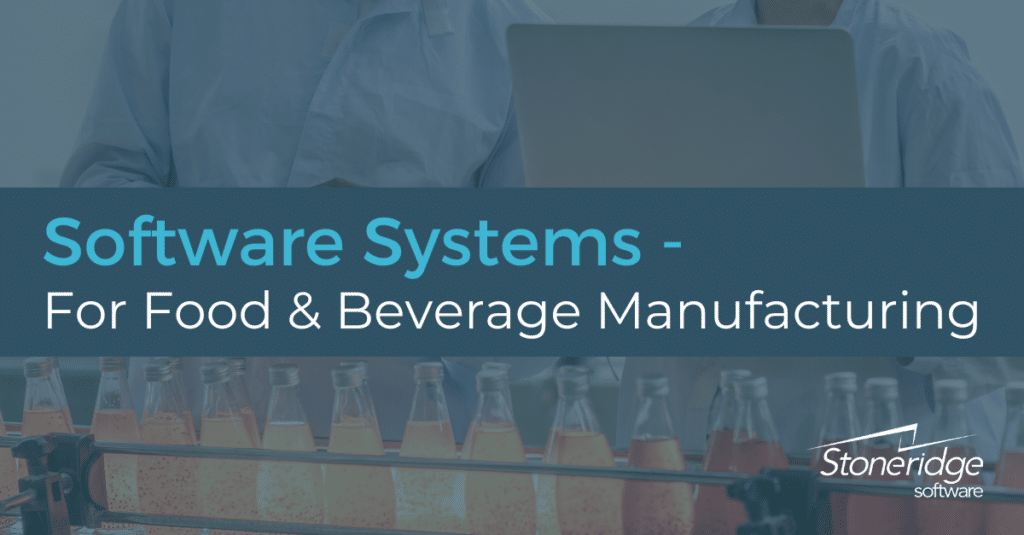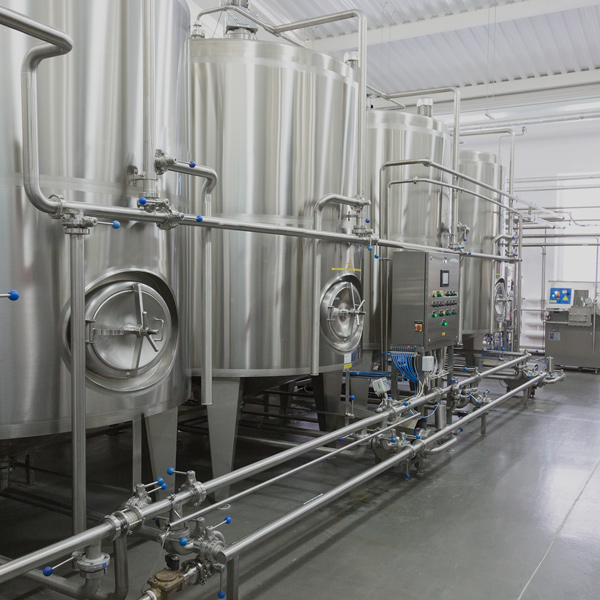Digital Asset Management For Food And Beverage

The food and beverage industry, known for its fast-paced innovation and intricate supply chains, is increasingly turning to Digital Asset Management (DAM) systems to streamline operations and maintain brand consistency. From farm to fork, the journey of food products involves a vast array of digital assets, including product photos, videos, packaging designs, and marketing materials.
This transition to DAM is driven by the need to manage these assets efficiently, reduce costs, and ensure compliance with growing regulations. The implementation of these systems promises a more organized and agile approach to content management across the entire industry.
The Rise of DAM in Food and Beverage
Digital Asset Management (DAM) systems are software solutions that help organizations store, organize, retrieve, and distribute digital assets. In the food and beverage sector, this translates to managing everything from high-resolution images of products used in advertising to complex nutritional information and ingredient lists required for labeling.
The adoption of DAM is not merely a technological upgrade; it’s a strategic imperative for companies seeking to maintain a competitive edge. Grand View Research, in a recent report, estimates the global DAM market size will reach $8.59 billion by 2028, with the food and beverage industry being a significant contributor to this growth.
Key Drivers for DAM Adoption
Several factors are fueling the demand for DAM solutions in the food and beverage industry. One crucial driver is the need for brand consistency across all channels.
With consumers engaging with brands across numerous platforms – websites, social media, e-commerce sites, and in-store displays – maintaining a unified brand message is critical. DAM systems ensure that only approved and up-to-date assets are used, preventing inconsistencies and reinforcing brand identity.
Another significant factor is the increasing complexity of regulatory compliance. Food labeling regulations are becoming increasingly stringent, requiring accurate and readily accessible information about ingredients, allergens, and nutritional values. DAM systems act as a central repository for this data, facilitating easy access and version control, which is crucial for avoiding costly errors and potential legal issues.
Efficiency is also a key driver. DAM systems automate many of the manual tasks associated with asset management, such as searching for files, converting formats, and distributing content to different teams. This saves time and resources, allowing marketing, sales, and product development teams to focus on more strategic initiatives.
The "How" of DAM Implementation
Implementing a DAM system involves several key steps. First, a company must assess its specific needs and identify the types of assets it needs to manage.
Next, they must select a DAM system that meets those needs. There are numerous DAM vendors in the market, offering a range of features and pricing models. Choosing the right system requires careful consideration of factors such as storage capacity, user interface, integration capabilities, and security features.
Once a DAM system is selected, the implementation process involves migrating existing assets into the system, organizing them according to a defined taxonomy, and training employees on how to use the system effectively. A clear governance policy is essential to ensure that the DAM system is used consistently and that assets are properly maintained over time.
Impact and Future Trends
The adoption of DAM systems is already having a significant impact on the food and beverage industry. Companies are reporting increased efficiency, reduced costs, and improved brand consistency.
For example, Nestlé, a global food and beverage giant, uses a DAM system to manage its vast library of product images, videos, and marketing materials. This allows the company to quickly and easily access the assets it needs, regardless of location or device.
Looking ahead, the role of DAM in the food and beverage industry is expected to expand even further. As technologies like artificial intelligence (AI) and machine learning (ML) become more sophisticated, DAM systems will be able to automate even more tasks, such as tagging images, generating metadata, and predicting which assets will be most effective in different marketing campaigns.
Furthermore, the integration of DAM with other enterprise systems, such as Product Lifecycle Management (PLM) and Enterprise Resource Planning (ERP) systems, will provide a more holistic view of the entire product lifecycle. This will enable companies to make more informed decisions about product development, marketing, and distribution.
Human Interest Angle: Supporting Small Businesses
The benefits of DAM aren't limited to large corporations. Small and medium-sized food and beverage businesses can also reap significant rewards from implementing these systems.
For a small artisanal cheese maker, a DAM system can help manage photos of their products, packaging designs, and marketing materials, ensuring a consistent brand image across farmers' markets, online stores, and social media channels. This professional presentation can be crucial for attracting new customers and building brand loyalty.
By streamlining their asset management processes, smaller businesses can free up valuable time and resources to focus on what they do best: creating high-quality food and beverage products.
Conclusion
Digital Asset Management is no longer a luxury but a necessity for food and beverage companies seeking to thrive in today's competitive marketplace. By providing a centralized and organized repository for digital assets, DAM systems enable companies to improve efficiency, reduce costs, ensure brand consistency, and comply with regulatory requirements.
As the industry continues to evolve, the adoption of DAM is poised to accelerate, driven by technological advancements and the growing need for agile and efficient content management. Whether it’s a multinational corporation or a small local business, the strategic use of DAM is essential for navigating the complexities of the modern food and beverage landscape and delivering a consistent and compelling brand experience to consumers.
.png)

















